Our banker, Monsieur Bouillaux, at Crédit Mutuel, was kind enough to spend nearly an hour with us, sorting out a problem with Électricité de France (EDF). So we were especially pleased that the bakery had a nice selection of eclairs and fruit tarts we could bring back to his office for him and his staff.
This drink was already known in the Burgundy region of France as a "blanc-cassis" from the 19th century. After World War II, it was renamed the "kir" after Félix Kir, a Catholic priest and Resistance member who became mayor of Dijon. He delighted in serving this cocktail to visiting delegations to promote both Bourgogne Aligoté, the dry white wine of the region, and crème de cassis, also made in Burgundy.
The rams on the left remind me a bit of "Shaun the Sheep" from the Wallace & Gromit stop motion clay animation movies. On the right, could that be an image of wind or a fire-breathing lion? Whose tiny head is up in the corner there? Perhaps next summer we will take a guided tour of the abbey and see if there are any answers to these questions.
Électricité de France (EDF) has installed a thicker and more powerful electric source cable to give us the power we need for our appliances, but I did notice some new cracks in the mortar on the face of the house that seemed to emanate from where they drilled to put in the new line. Hmmm.
Below are several short videos from this visit that we've loaded to Youtube. We hope you will enjoy these moments too.
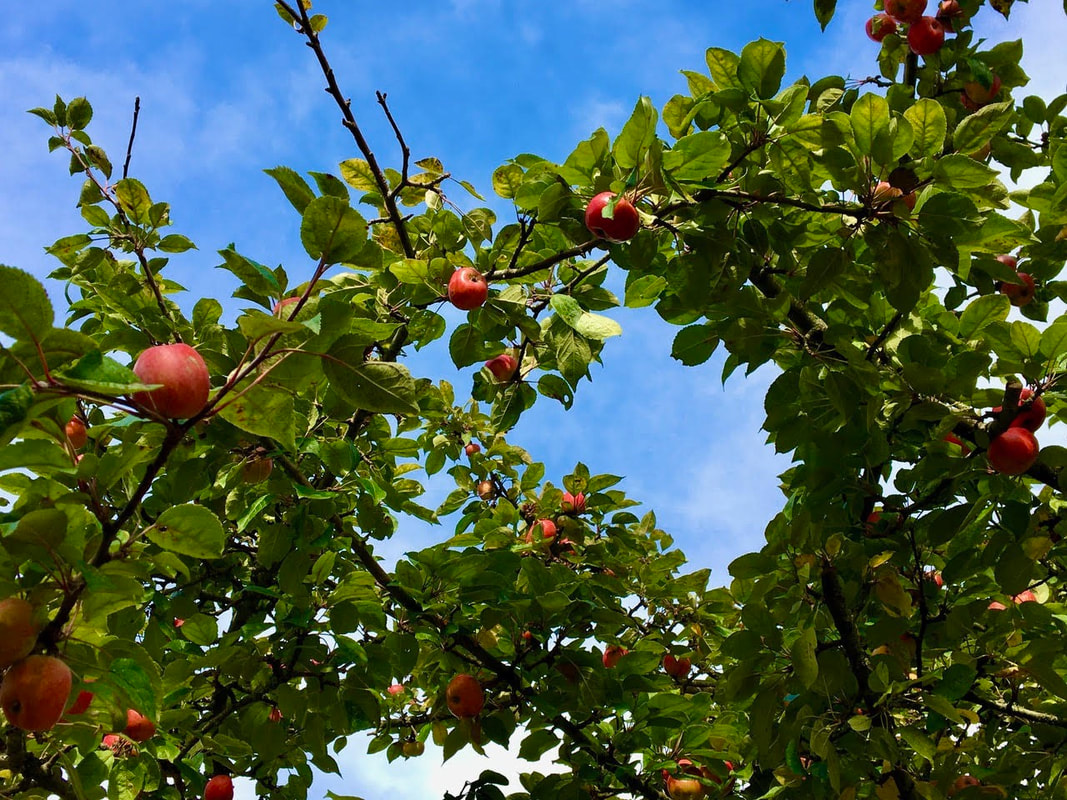
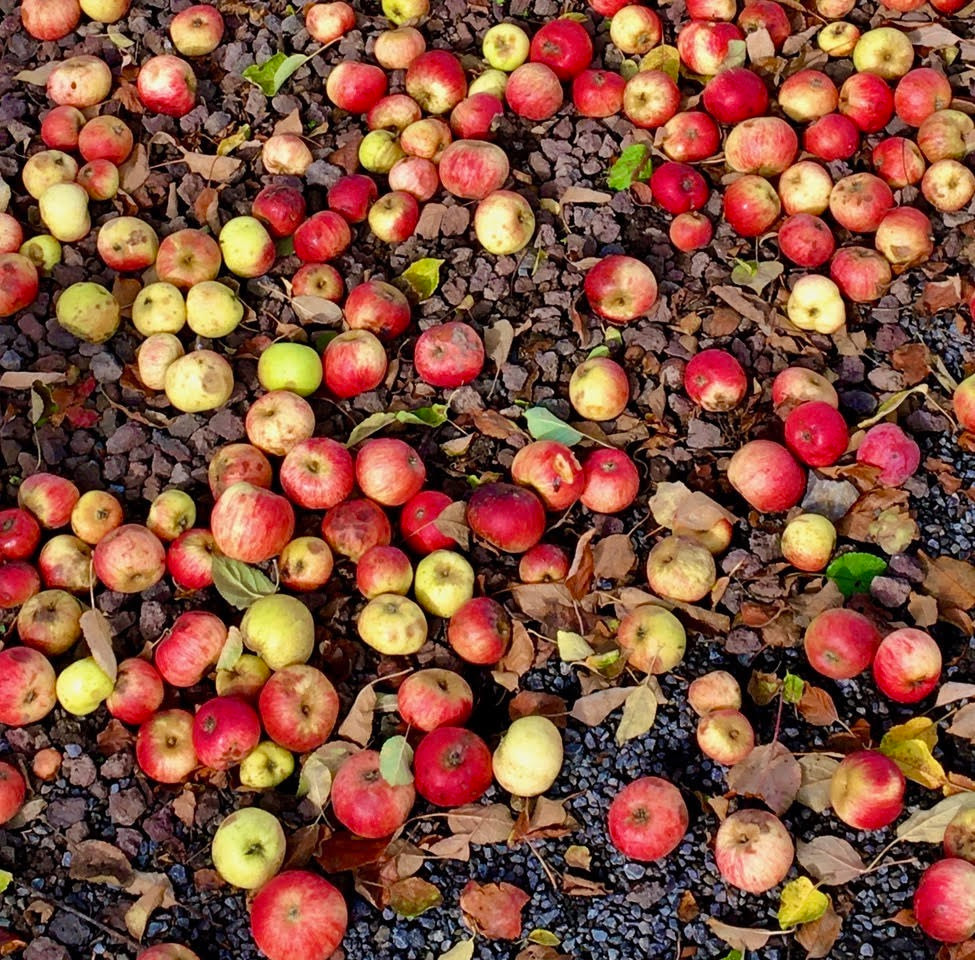
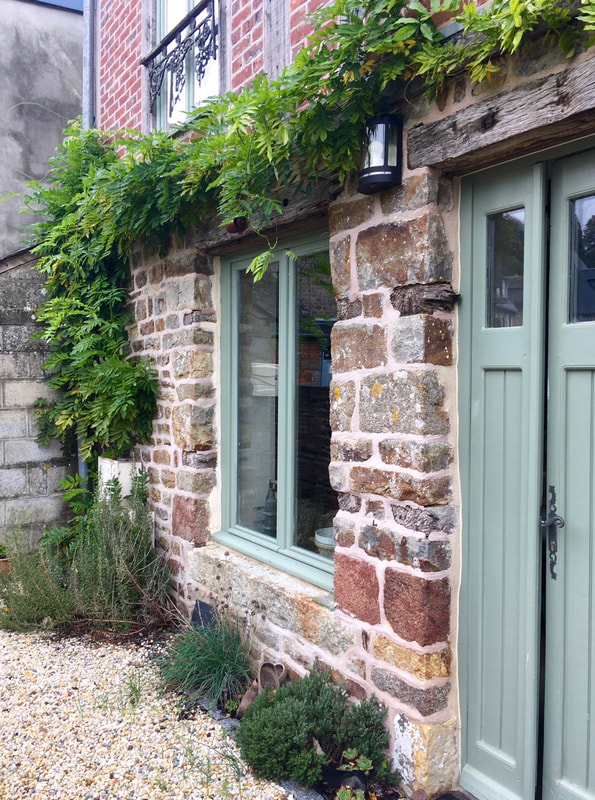
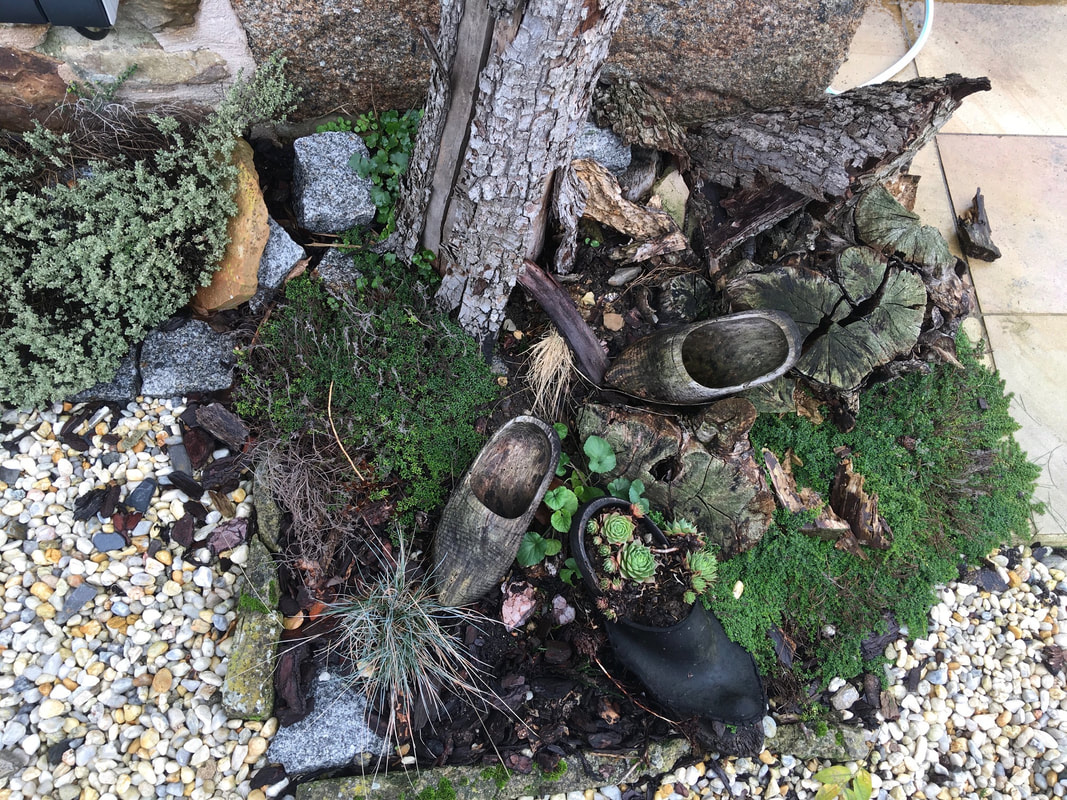
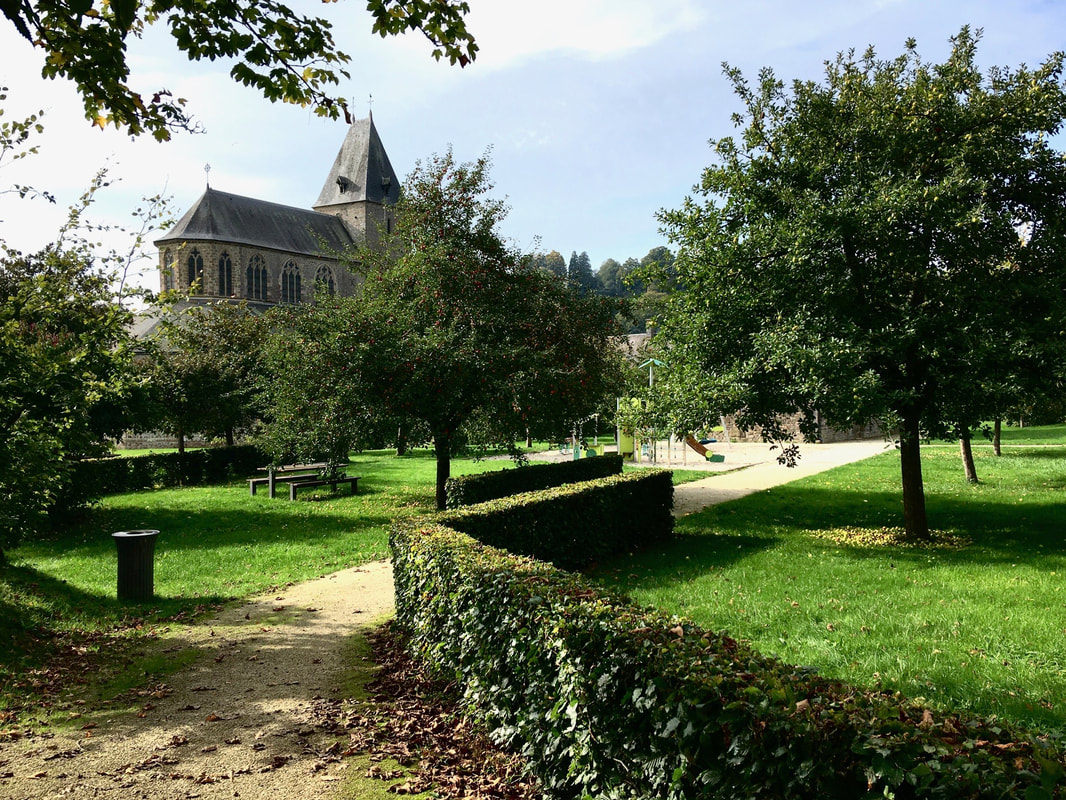
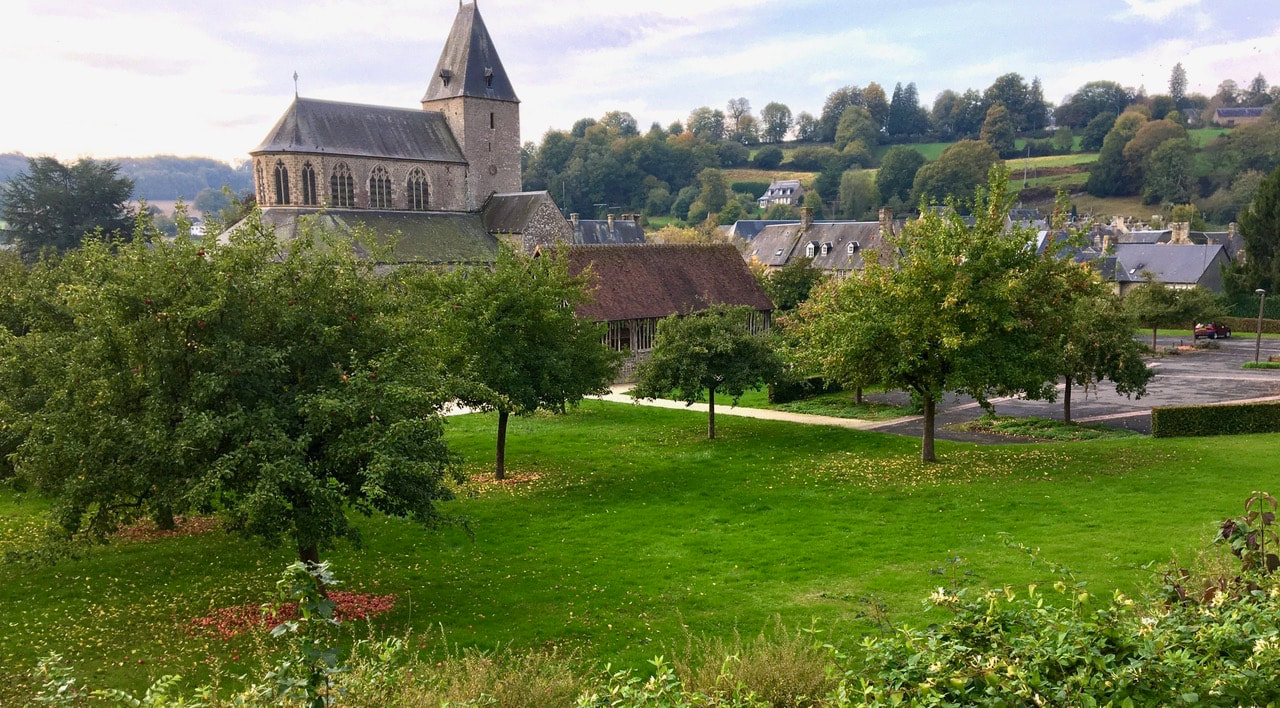
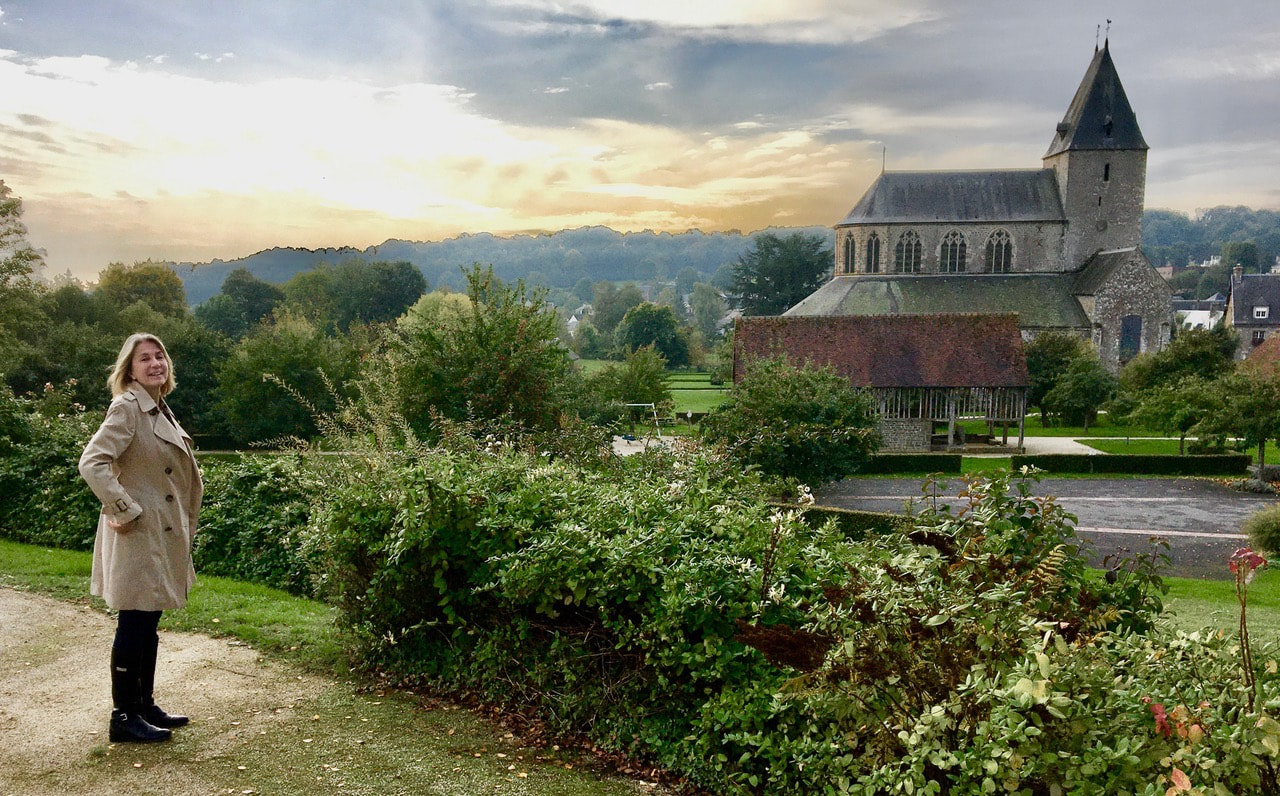
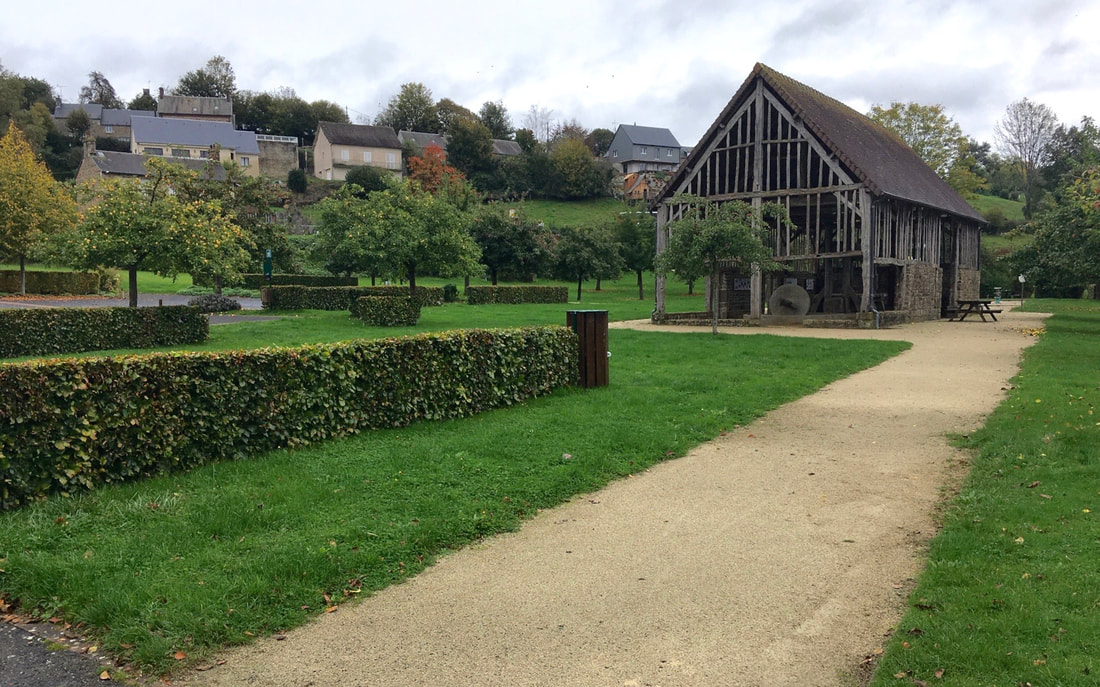
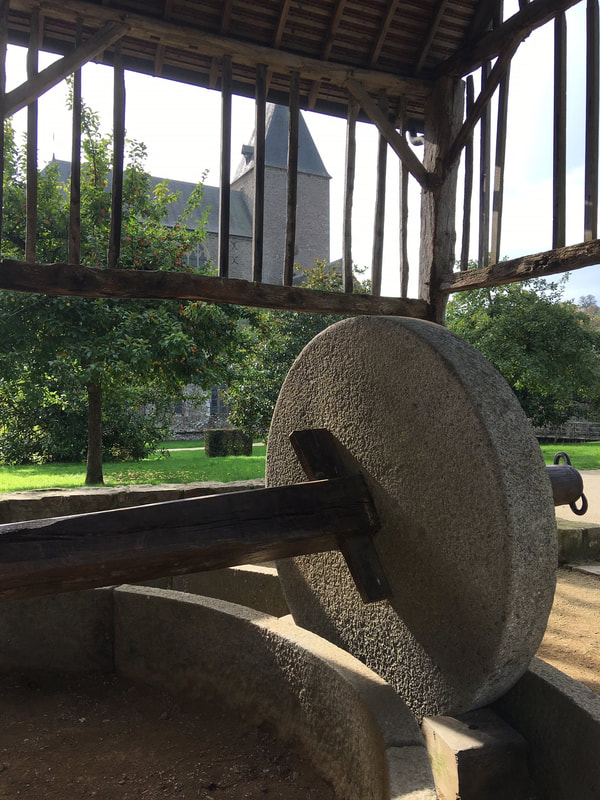
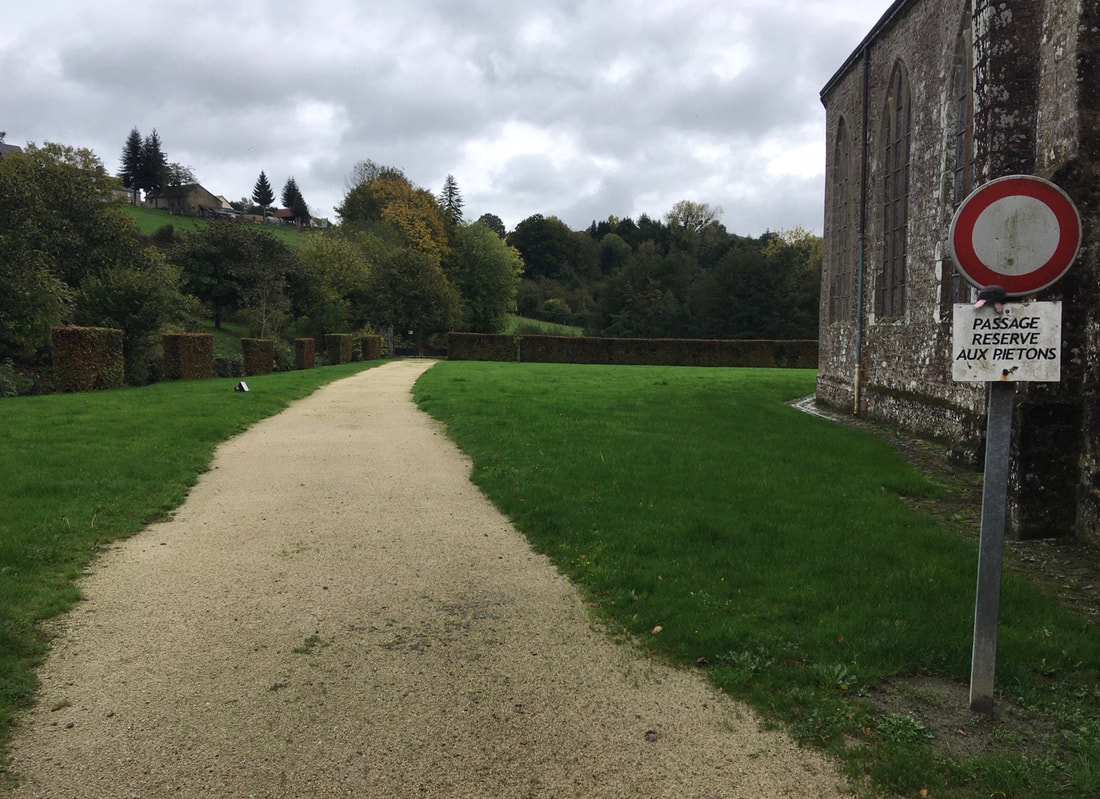

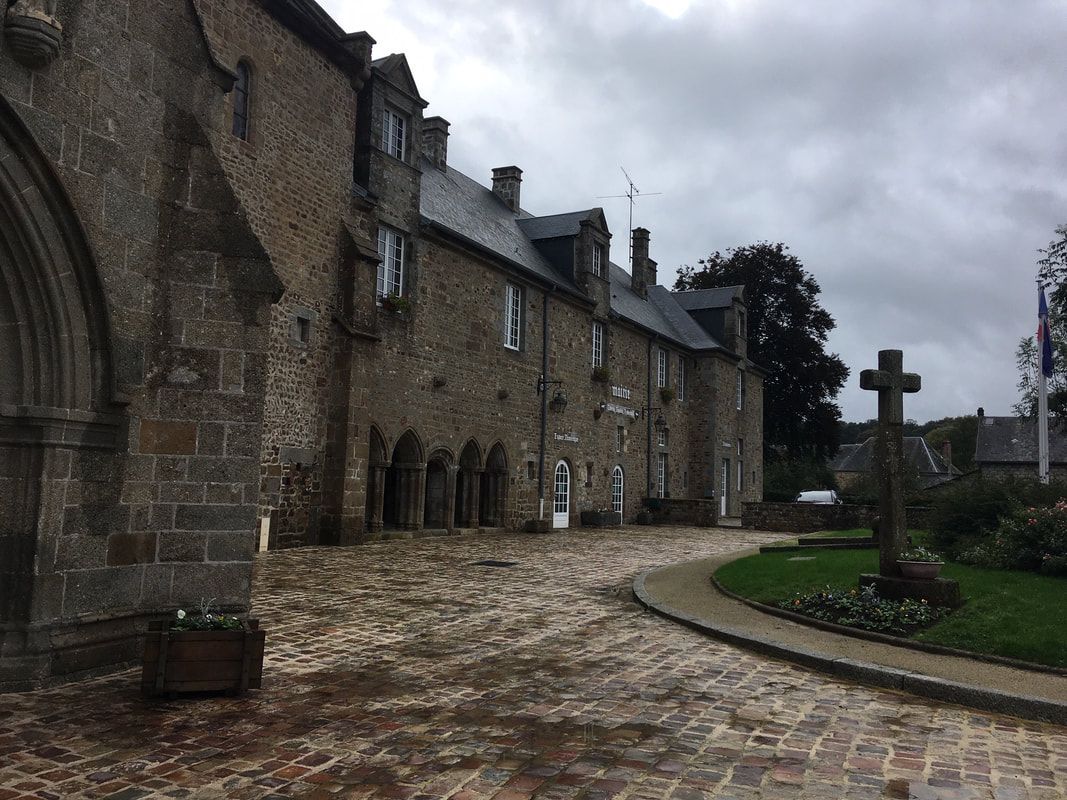
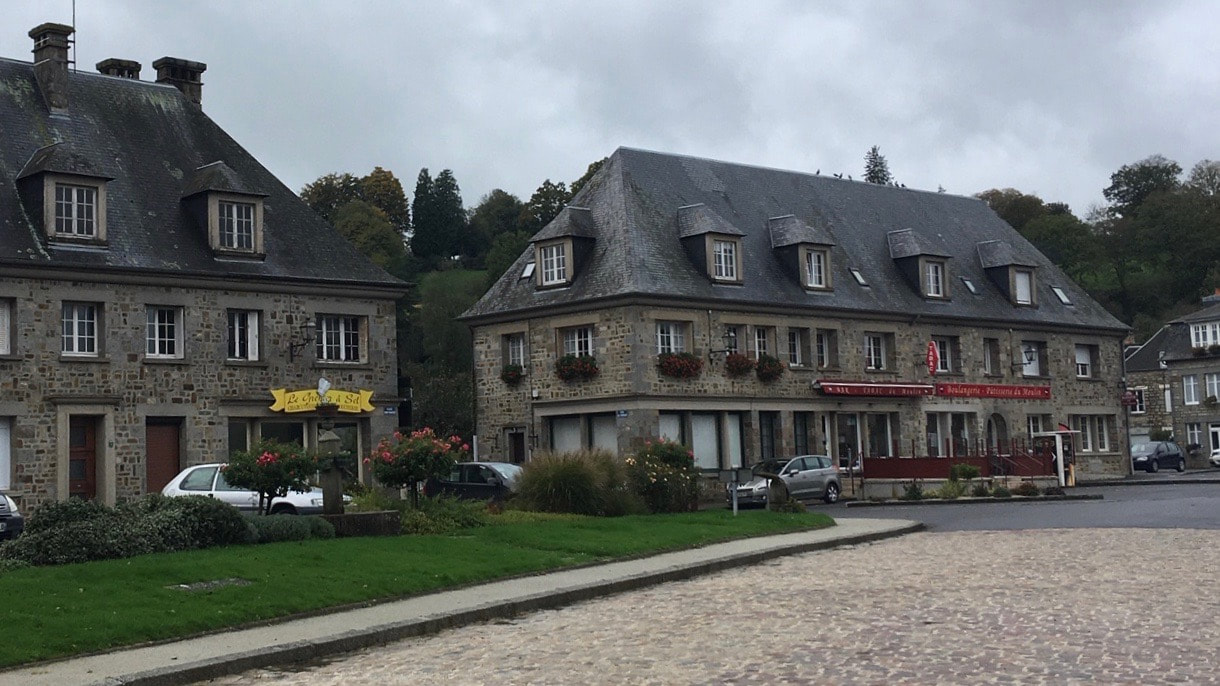
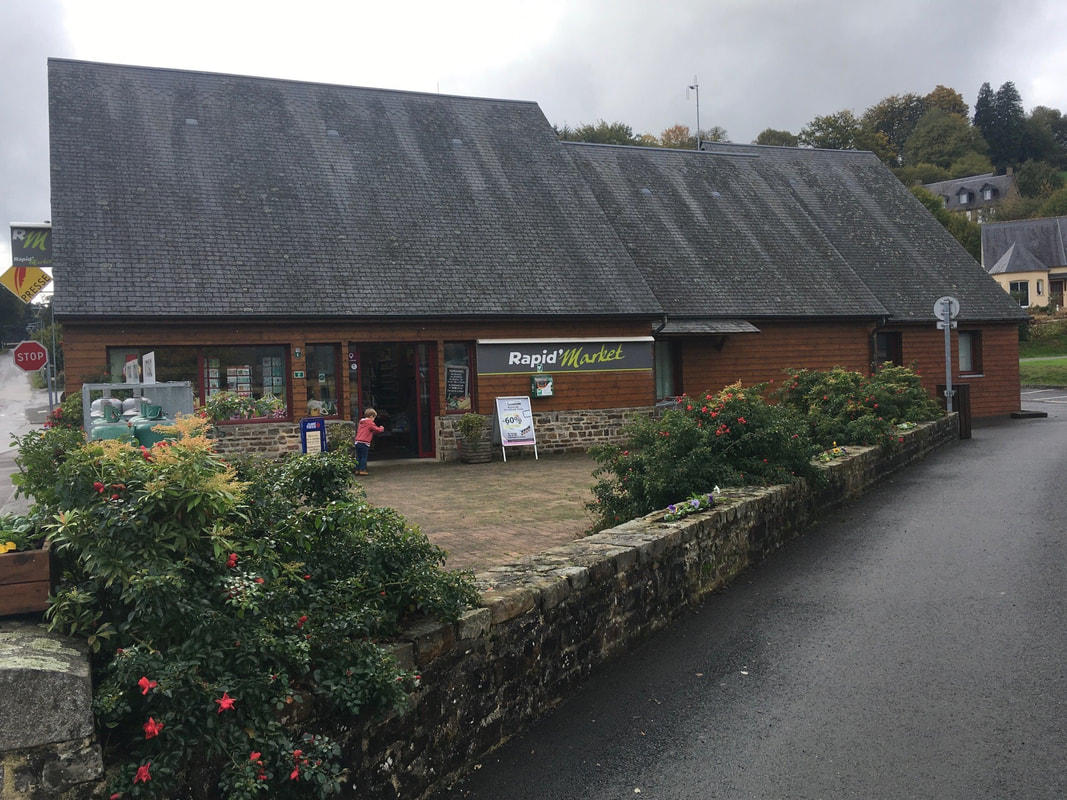
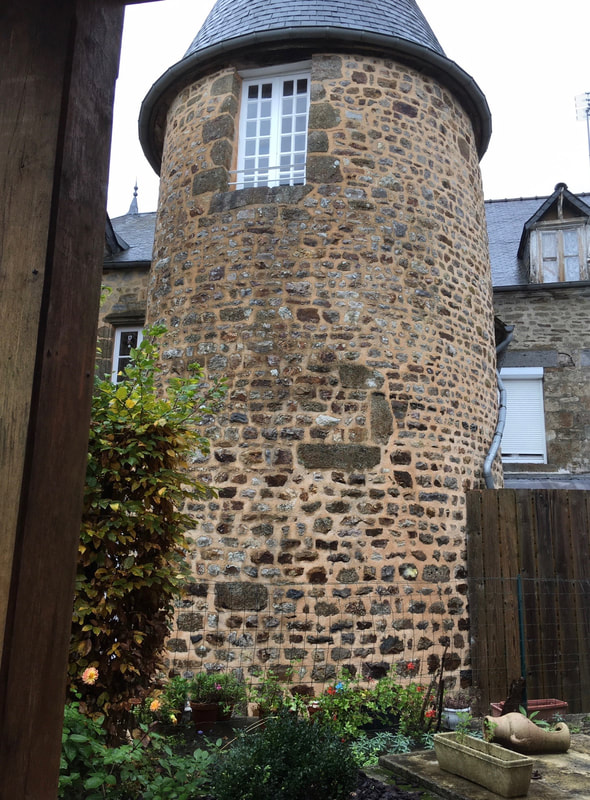
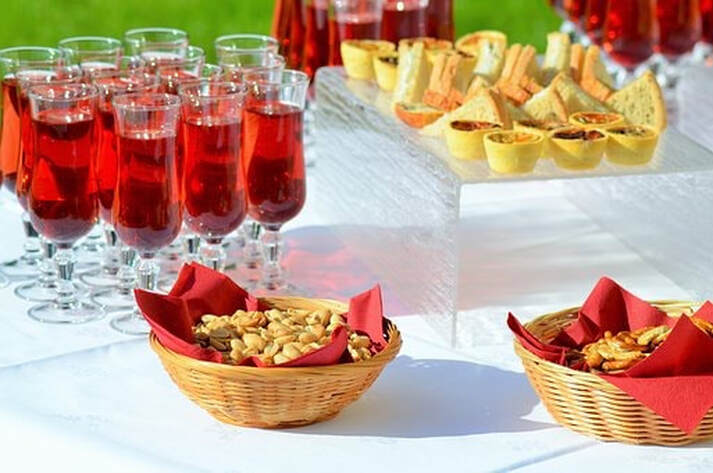
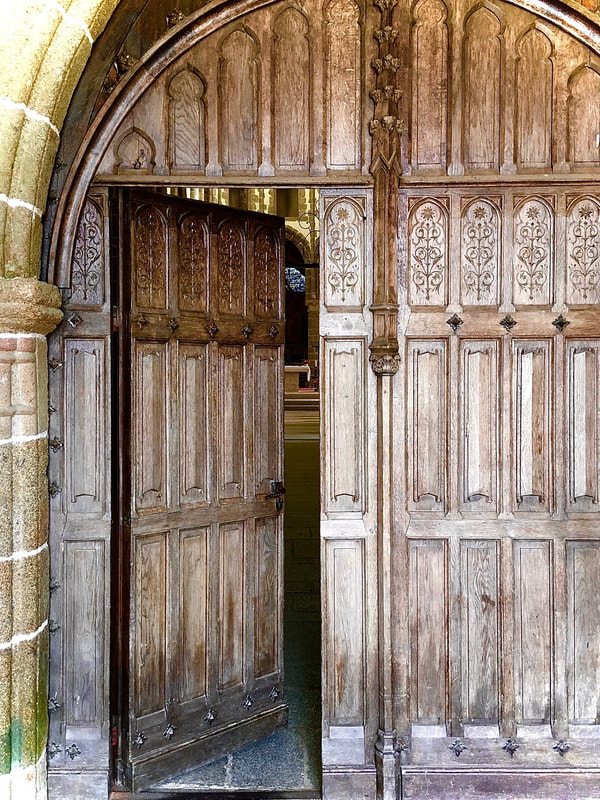
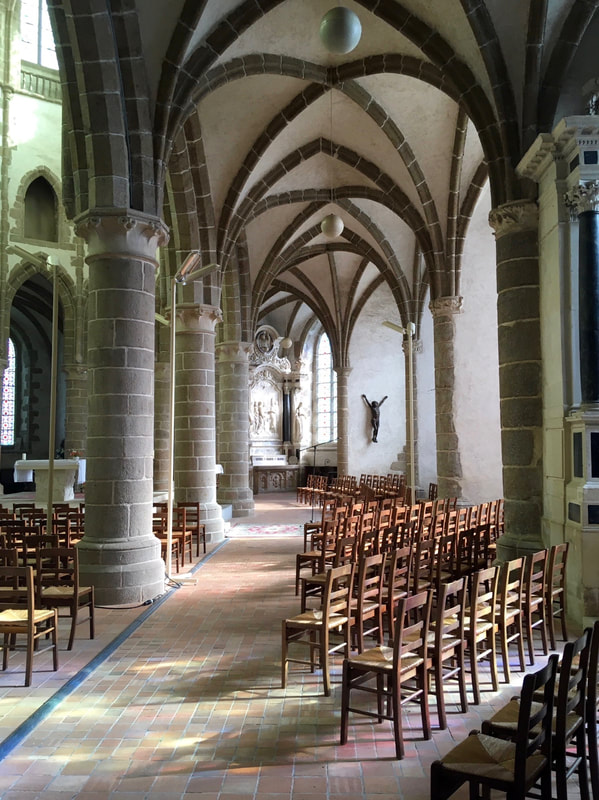
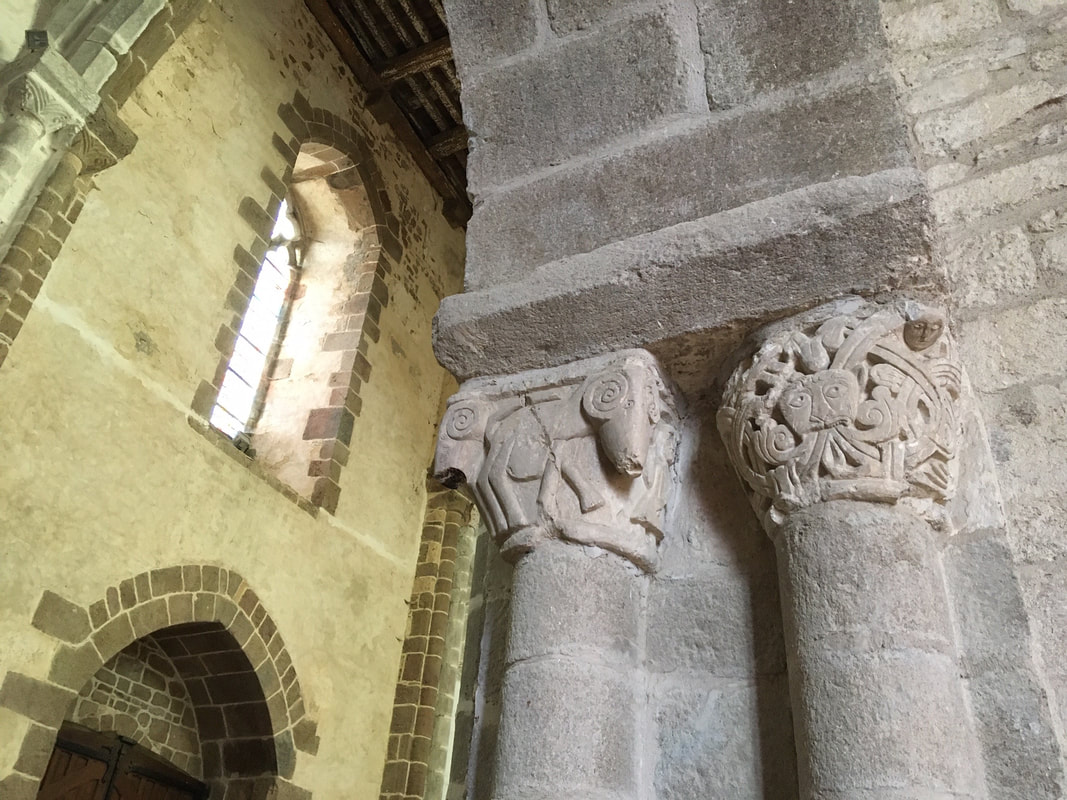
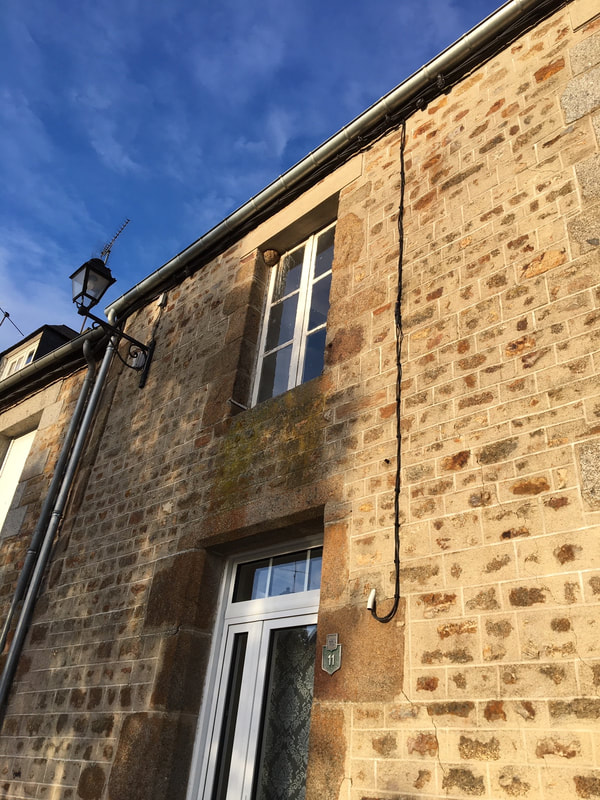
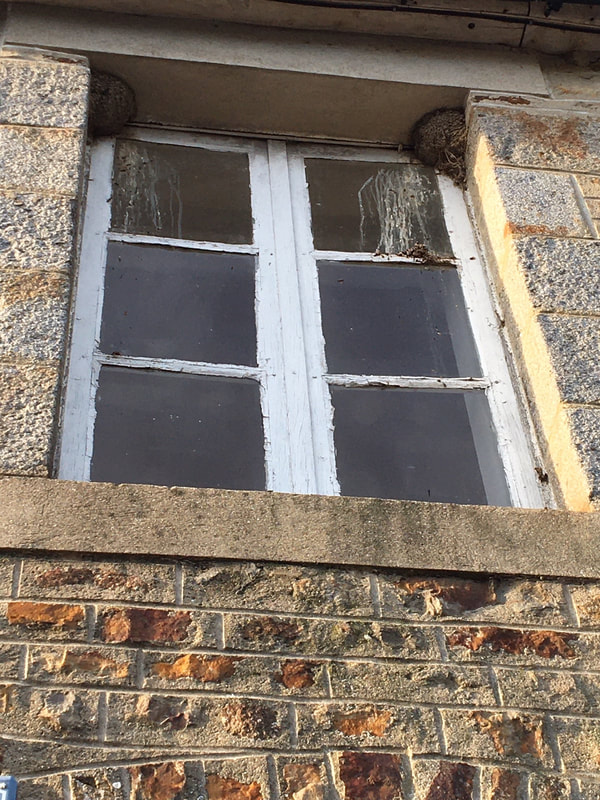
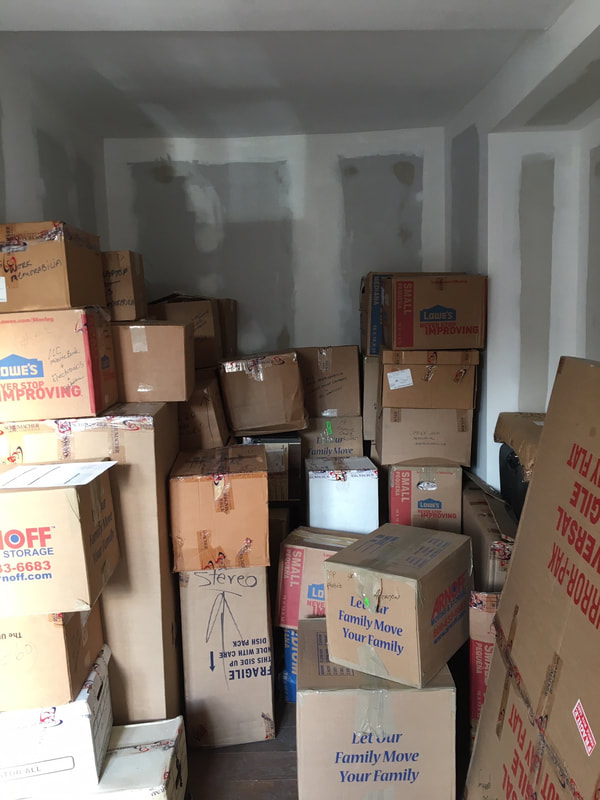
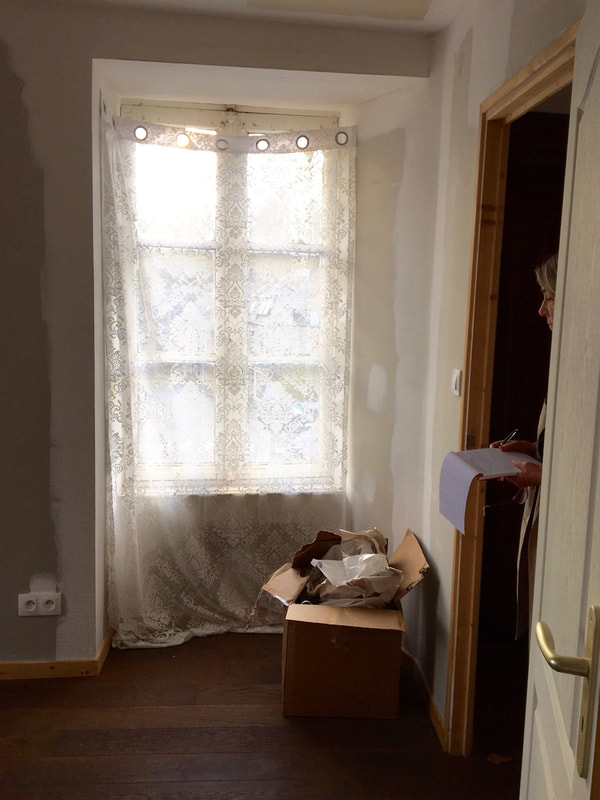
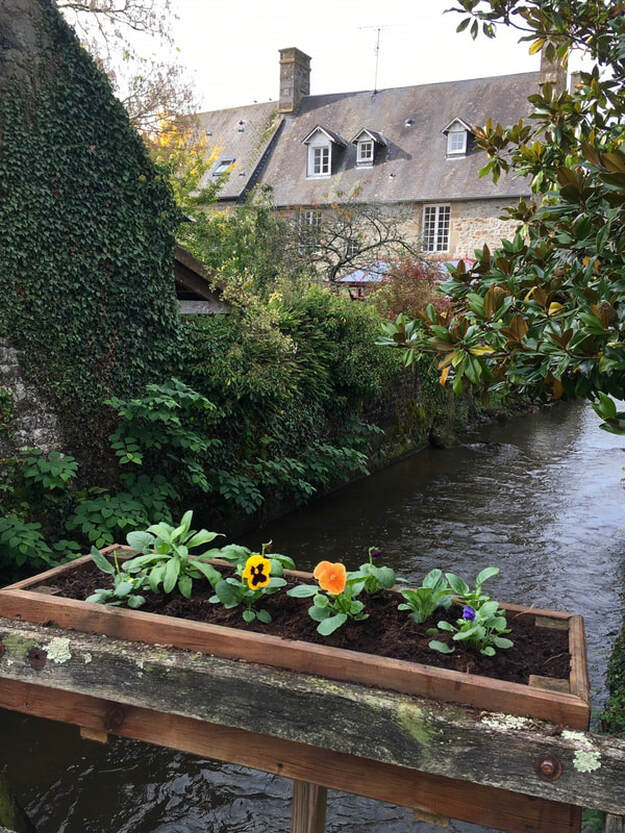
 RSS Feed
RSS Feed